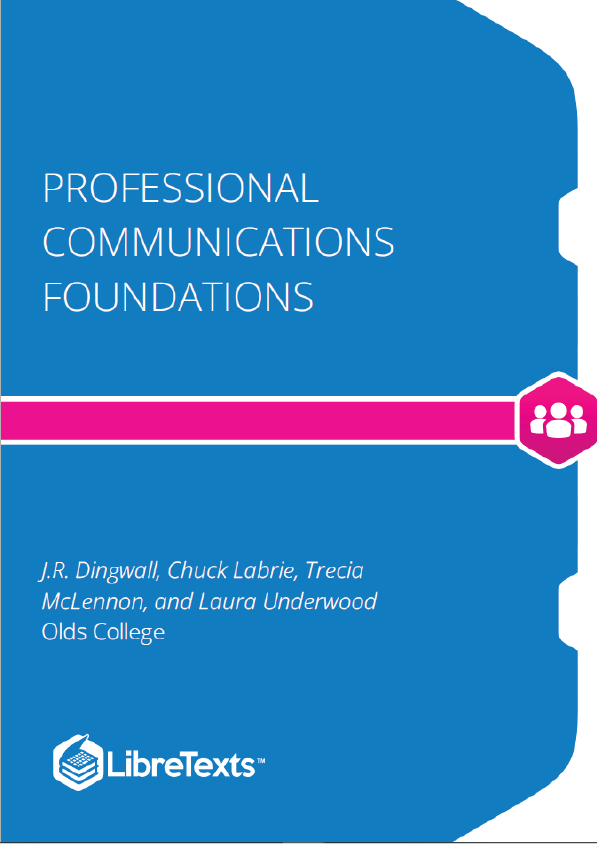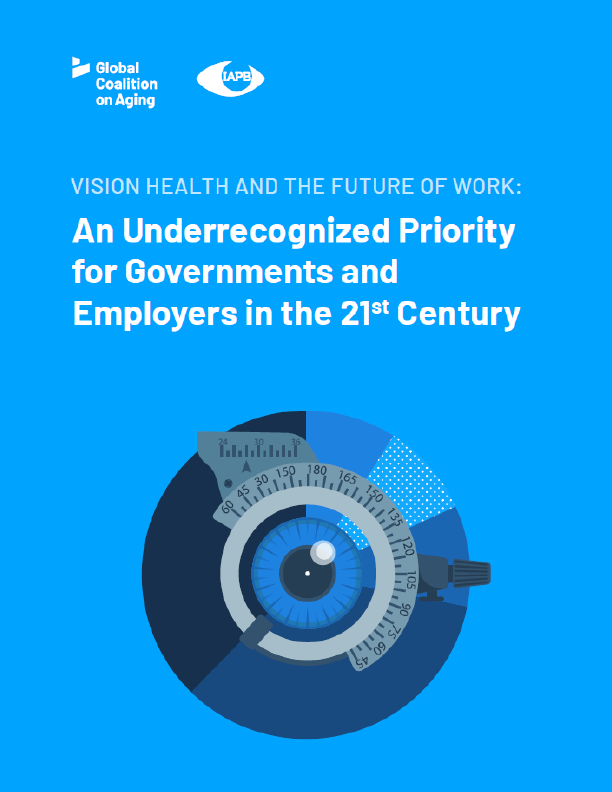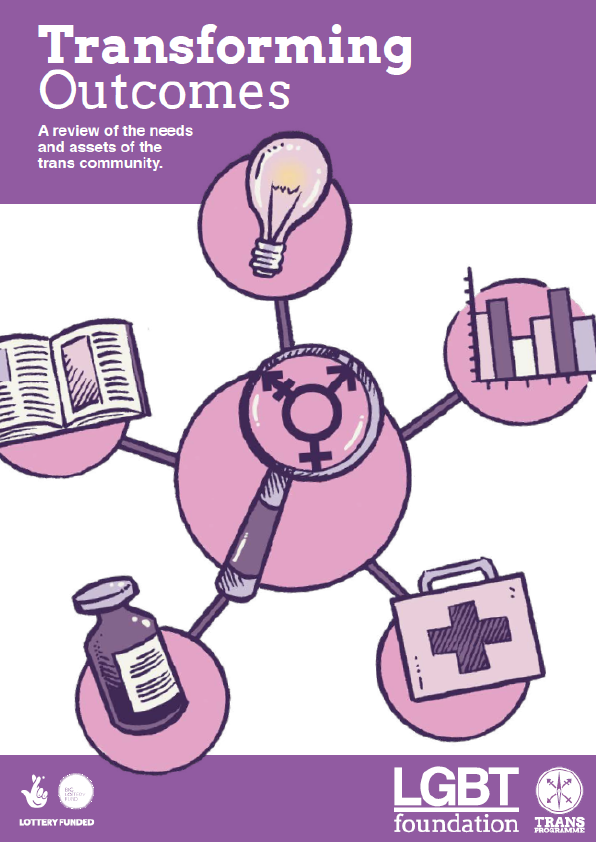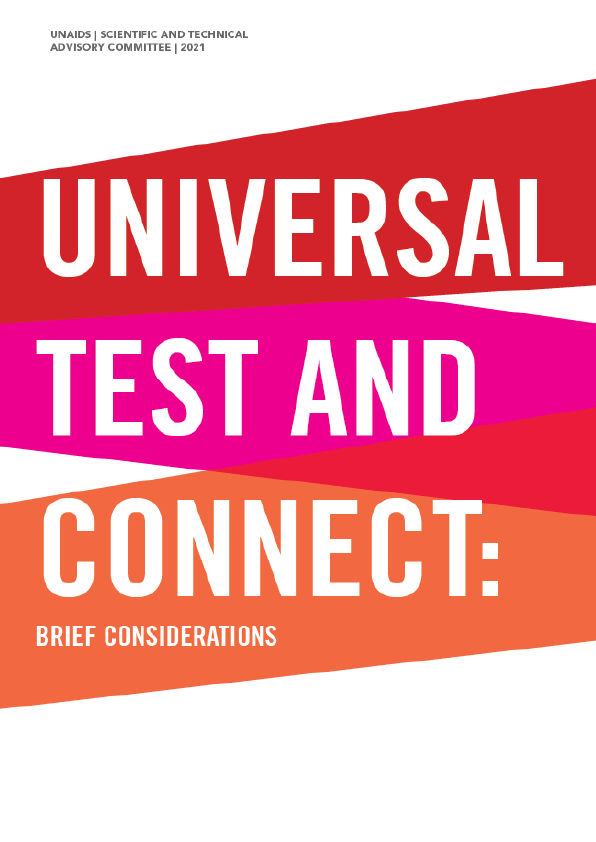This text is designed for introductory communications courses at colleges and universities in Canada, though it could be used by global institutions with some minor tweaks to the content. It will be of benefit to instructors of workplace communication, corporate communication, business writing and related subjects.
Contents
- The chapters in this module include:
- Introduction to Communication
- Getting to Know Your Audience
- Choosing a Communications Channel
- Crafting Your Message with Plain Language
- A Picture Is Worth 1,000 Words: Using Visuals
- From Shotgun to Boomerang: Using Feedback
Module Summary
The focus of this module is on establishing important foundational skills to address the complexities of communicating in the modern-day professional environment. Although work contexts and technology are continually changing, the key principles of communication remain the same and as relevant as ever.
By completing this module, you should understand how audience characteristics and choice of words and | or images affect the crafting of meaningful messages. You should learn how to choose an appropriate delivery method for your message and how to use feedback to measure and improve its success. This module will stress key principles of professional communication.
You can apply the knowledge and skills developed in this module to a variety of communication contexts.
Relevance to Practice
Communication is key to your success—in relationships, at work, as a citizen of your country, and throughout your lifetime. Your ability to communicate comes from experience, and experience can be an effective teacher. This module, and the related communication course it is part of, will provide you with some experiences to help you communicate effectively in a professional context where change is rapid and you are expected to keep up. Whether you are (re-)entering the workforce or feel the need to brush up on your communication skills, this module should help you understand professional communication fundamentals that you can apply to your own context.
You did not learn to text in a day and did not learn all the shorthand—from LOL (laugh out loud) to BRB (be right back)—right away. In the same way, learning to communicate well requires you to observe and get to know how others have expressed themselves, then adapt what you have learned to your current task—whether it’s texting a brief message to a friend, presenting your qualifications in a job interview, or writing a business report.
Effective communication takes preparation, practice, and persistence. There are many ways to learn communication skills. The school of “hard knocks” is one of them. But in the business environment, a “knock” (or lesson learned) may come at the expense of your credibility through a blown presentation to a client.
This module contains a compilation of information and resources, such as readings, articles, activities, videos, and infographics, offering you a trial run that allows you to try out new ideas and skills before you have to use them in “real life.” Listening to yourself or perhaps the comments of others may help you reflect on new ways to present or perceive thoughts, ideas, and concepts. The net result is your growth; ultimately, your ability to communicate in business will improve, opening more doors than you might anticipate.











